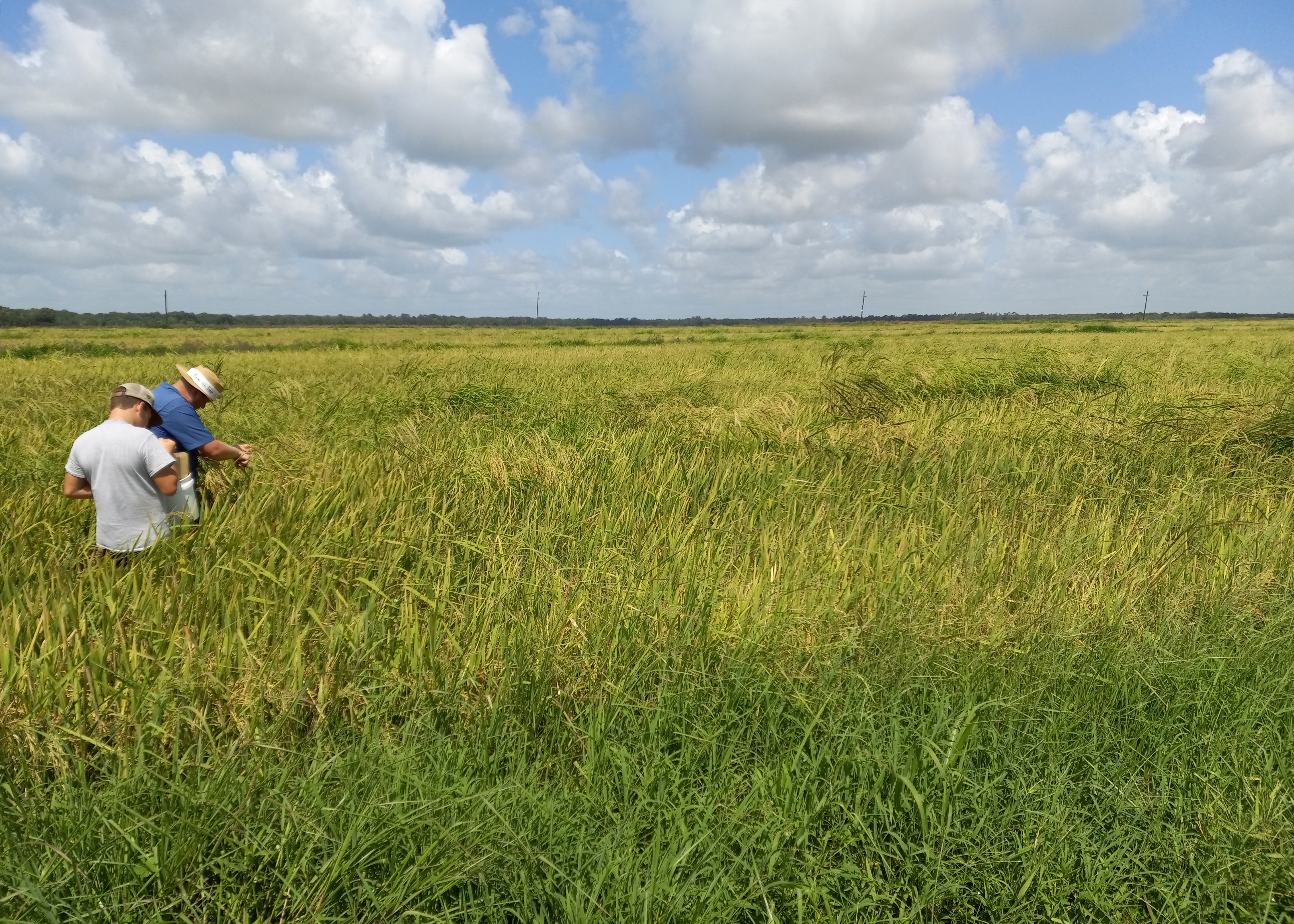Soybean is a major source of plant oil and protein, crucial for meeting the demands of a growing global population. Increasing soybean productivity is a long-term breeding goal, but limited arable land and various stresses, particularly nutrient stress, pose challenges. Traditional stress monitoring methods are labor-intensive and inefficient, whereas remote sensing techniques have their own limitations. Current research highlights the potential of deep learning, particularly Transformer architecture, to enhance hyperspectral imaging analysis. However, combining deep learning with hyperspectral imaging for identifying soybean nutrient stress remains underexplored, which necessitates further investigation.
A study (DOI: 10.34133/plantphenomics.0190) published in Plant Phenomics on 19 May 2024, introduces the SCAG algorithm for accurate branch detection and angle calculation in soybeans using LiDAR data.
This innovative method demonstrated high accuracy in branch detection (F-score=0.77) and angle calculation (r=0.84) when evaluated on 152 diverse soybean varieties, significantly outperforming the SVM (F-score=0.53) and density-based (F-score=0.55) methods. SCAG’s robustness was confirmed through parameter sensitivity analysis, showing insensitivity to parameters N and D, and minor sensitivity to parameter H, which should be set to approximately twice the branch diameter for optimal results. SCAG’s applicability was tested on maize and tomato point clouds from the Pheno4D dataset, demonstrating high accuracy in leaf/branch angle calculations (r=0.95 for maize, r=0.94 for tomato), showcasing its potential for diverse crop types. The algorithm also identified novel traits for evaluating soybean density tolerance, such as the average angle to height (AHR) and the ratio of average angle to stem length (ALR), which exhibited better heritability and repeatability compared to traditional traits like the canopy width to height ratio (CHR). Despite its success, SCAG faces challenges with complex 3D structures, sparse point clouds, and small targets. Future research should focus on improving data quality, addressing missing data issues, and integrating advanced deep learning methods to enhance detection accuracy.
According to the study’s lead researcher, Shichao Jin, “Ourwork demonstrates significant advances in 3D phenotyping and plant architecturescreening. The algorithm can be applied to other crops, such as maize and tomato. Ourdataset, scripts, and software are public, which can further benefit the plant sciencecommunity by enhancing plant architecture characterization and facilitating ideal variety selection.”
In summary, the open-source SCAG algorithm offers significant potential for enhancing crop development and agricultural productivity. Future research will focus on improving data quality and integrating advanced methods to further expand its applicability.
###
References
DOI
Original Source URL
https://doi.org/10.34133/plantphenomics.0190
Authors
Songyin Zhang1, Yinmeng Song1,2, Ran Ou1,2, Yiqiang Liu1,3, Shaochen Li1, Xinlan Lu1Shan Xu1, Yanjun Su4, Jiang Dong1,2,3, Yanfeng Ding1,2,3, Haifeng Xia5, Qinghua Guo6, JinWu7, Jiaoping Zhang1,2, Shichao Jin 1, 3 *
Affications
1 Plant Phenomics Research Centre, Academy for Advanced Interdisciplinary Studies,Collaborative Innovation Centre for Modern Crop Production cosponsored by Provinceand Ministry, State Key Laboratory of Crop Genetics and Germplasm Enhancement,Nanjing Agricultural University, Nanjing 210095, China
2 National Center for Soybean Improvement, Key Laboratory for Biology and GeneticImprovement of Soybean (General, Ministry of Agriculture), College of Agriculture,Nanjing Agricultural University, Nanjing 210095, China
3 Sanya Research Institute of Nanjing Agriculture University, Sanya 572024, China
4 State Key Laboratory of Vegetation and Environmental Change, Institute of Botany,Chinese Academy of Sciences, Beijing 100093, China
5 School of Automation, Southeast University, Nanjing 210096, China
6 Institute of Remote Sensing and Geographic Information System, School of Earth andSpace Sciences, Peking University, Beijing 100871, China
7 Division for Ecology and Biodiversity, School of Biological Sciences, The University ofHong Kong, Pokfulam Road, Hong Kong, China
Funding information
This work was supported in part by the Science and Technology Innovation 2030-Major Project (2023ZD04034), the Fundamental Research Funds for the Central Universities (KYCYXT2022017; KYQN2023021), Hainan Yazhou Bay Seed Laboratory (B21HJ1005), Jiangsu Province Key Research and Development Program (BE2023369), the Natural Science Foundation of Jiangsu Province (BK20231469), and the National Natural Science Foundation of China(32201656). J. Zhang was supported by the Sanya Yazhou Bay Science and Technology City (SCKJ-JYRC-2022-20). J. Wu was supported by the HKU Seed Funding for Strategic Interdisciplinary Research Scheme and the Innovation and Technology Fund (funding support to State Key Laboratories in Hong Kong of Agrobiotechnology) of the HKSAR, China.
About Plant Phenomics
Plant Phenomics is an Open Access journal published in affiliation with the State Key Laboratory of Crop Genetics & Germplasm Enhancement, Nanjing Agricultural University (NAU) and published by the American Association for the Advancement of Science (AAAS). Like all partners participating in the Science Partner Journal program, Plant Phenomics is editorially independent from the Science family of journals. Editorial decisions and scientific activities pursued by the journal’s Editorial Board are made independently, based on scientific merit and adhering to the highest standards for accurate and ethical promotion of science. These decisions and activities are in no way influenced by the financial support of NAU, NAU administration, or any other institutions and sponsors. The Editorial Board is solely responsible for all content published in the journal. To learn more about the Science Partner Journal program, visit the SPJ program homepage.



